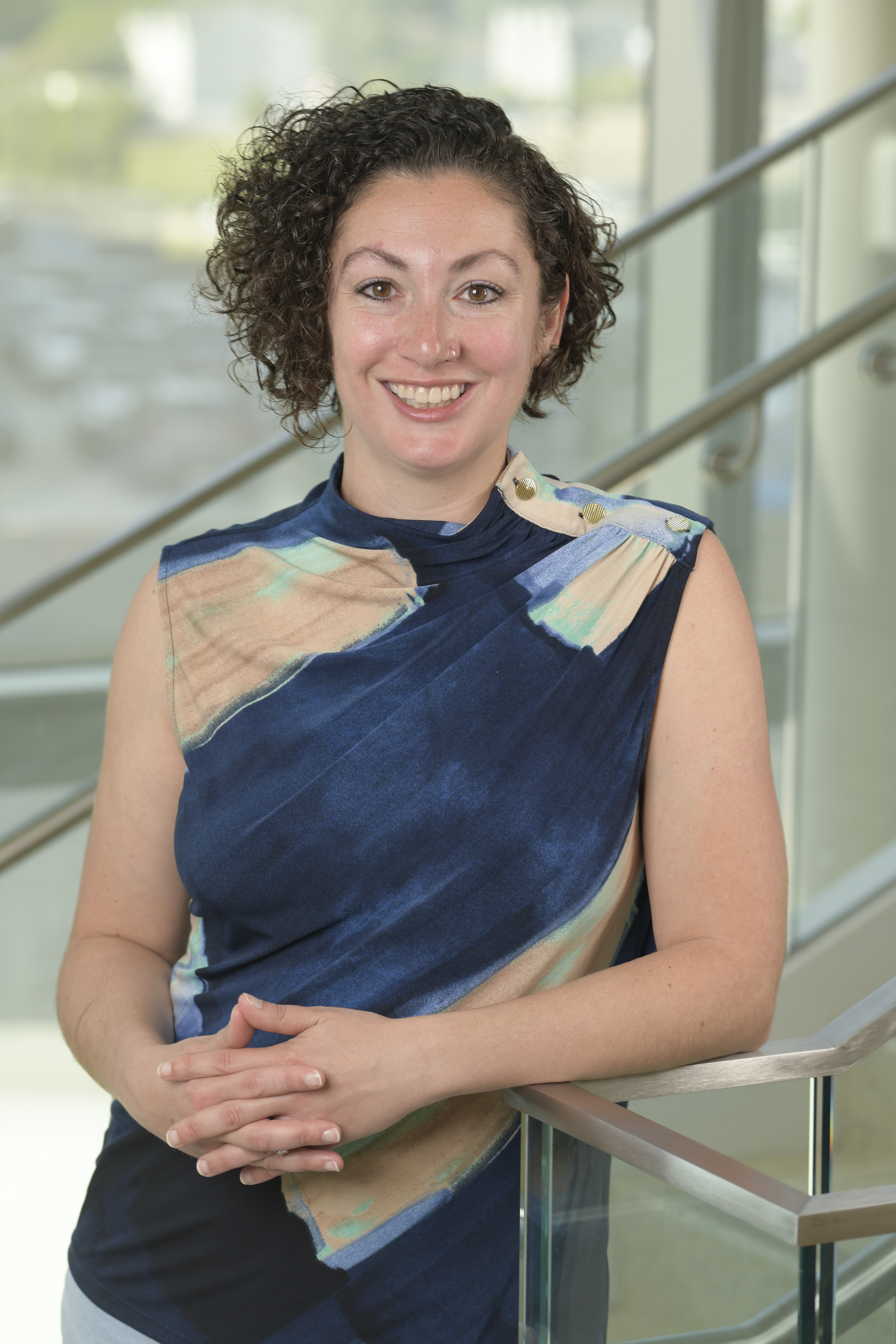Symposia
Vulnerable Populations
2 - (SYM 102) Engagement of Deaf Community Members in Seeking Safety Adaptation Work

Melissa L. Anderson, Ph.D. (she/her/hers)
Psychologist and Clinical Researcher
UMass Chan Medical School
Somerville, Massachusetts, United States
Speaker(s)
The U.S. Deaf community – approximately 1 million Americans who communicate using American Sign Language (ASL) – experiences nearly triple the rate of lifetime problem drinking compared to the general population (33.0% vs. 12.3%) and twice the rate of trauma exposure. Among Deaf people in treatment for alcohol use disorder (AUD), 74% report lifetime physical, emotional, or sexual abuse and 44% report past-year abuse. Comorbid AUD/PTSD impairs multiple domains of functioning, especially for Deaf individuals, who show poorer functional outcomes than hearing individuals in socialization, employment, and physical health.
Hearing individuals have access to several validated treatments for comorbid AUD/PTSD; yet there are no evidence-based treatments to treat any behavioral health condition with Deaf clients. Available treatments fail to meet Deaf clients’ unique language access needs. Deaf people’s median English literacy level falls at the fourth grade and health-related vocabulary among Deaf sign language users parallels non-English-speaking U.S. immigrants. Available treatment resources, therefore, require plain text revisions, filmed ASL translations, or education through storytelling to better match Deaf clients’ language needs.
Leveraging extensive community engagement to address these barriers, Dr. Anderson’s team of Deaf and hearing researchers, clinicians, filmmakers, actors, artists, and Deaf people with AUD/PTSD developed and pilot tested Signs of Safety, a Deaf-accessible toolkit to be used with the Seeking Safety treatment protocol. Seeking Safety is a manualized, non-exposure-based, cognitive behavioral therapy for trauma and addiction. Among evidence-based treatments for AUD/PTSD, Seeking Safety is the optimal choice for Deaf clients – its focus on psychoeducation and simple coping skills is an ideal match for Deaf people’s language and literacy disparities. Yet, Seeking Safety’s client materials rely on written English and are, therefore, not well understood by Deaf clients. As such, the Signs of Safety toolkit provides a supplemental therapist guide and population-specific client materials (e.g., visual handouts, filmed ASL teaching stories).
This symposium presentation will focus on our team’s approach to engaging Deaf co-investigators and hiring Deaf Community Advisors directly onto the Signs of Safety research team. Additionally, we will discuss recent efforts to engage with the DeafBlind community.

.png)
